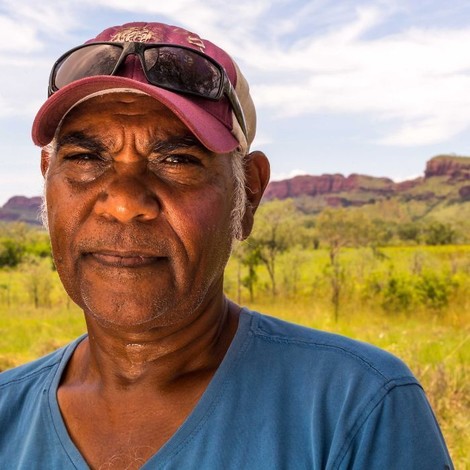Your podcast discovery platform
Curious minds select the most fascinating podcasts from around the world. Discover hand-piqd audio recommendations on your favorite topics.

piqer for: Climate and Environment
Pamela works as a Press & Communications Manager for an international NGO (IWGIA) defending indigenous peoples' rights. She holds an Erasmus Mundus MA in Journalism, Media & Globalisation from Hamburg and Aarhus University and an MA in Political Science from the University of Buenos Aires. She will be putting the eye on international media coverage of indigenous communities and their demands.
Diamond Mining Not An Ally Of Indigenous Communities In Australia
As many other development projects start, diamond mining in remote north of Western Australia promised indigenous communities a future full of prosperity. After more than 10 years of extraction, the communities have been left grappling with a legacy of endemic poverty and questions regarding revenues.
Back in 2005, Argyle Diamond Mine celebrated the registration of an Indigenous Land Use Agreement (ILUA) with indigenous land owners. This included a managament plan agreement for extraction, which covered the sharing of benefits of the mine's operations. The profits were canalized by two funds: Gelganyem and Kilkayi Trust.
At the early stage, the township of Kununurra enjoyed an increase of employment and the joy of self-determining the course of development on their land. Even though the negotiation was held up as an example of best practice across Australia, today the consequences of this industry is showing its darkest side.
Now the company has decided to close down in three years, and indigenous communities battle with enormous economic insecurity.
Is mining sustainable on indigenous lands?
According to this article, the case of Australia shows that indigenous communities were affected by the lost of profitability and weak management of the funds:
"According to Rio Tinto's Sustainable Development Report for the Argyle Diamond Mine, in the four years to 2016 some $25 million in royalties was paid to the traditional owners — seven extended families comprising about 1,500 people, as well as the two Indigenous trusts, Gelganyem and Kilkayi.These trusts received the bulk of the money.There are a number of anomalies in the financial statements for the two local trusts that receive Argyle funding. What is clear is that during the past five years, there has been a serious decline in reporting standards".
Now that the fast income of mining is gone, what is next for the indigenous communities? Here's an in-depth coverage of an interesting case of benefit-sharing.
